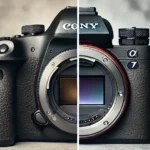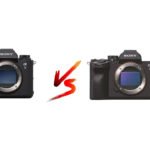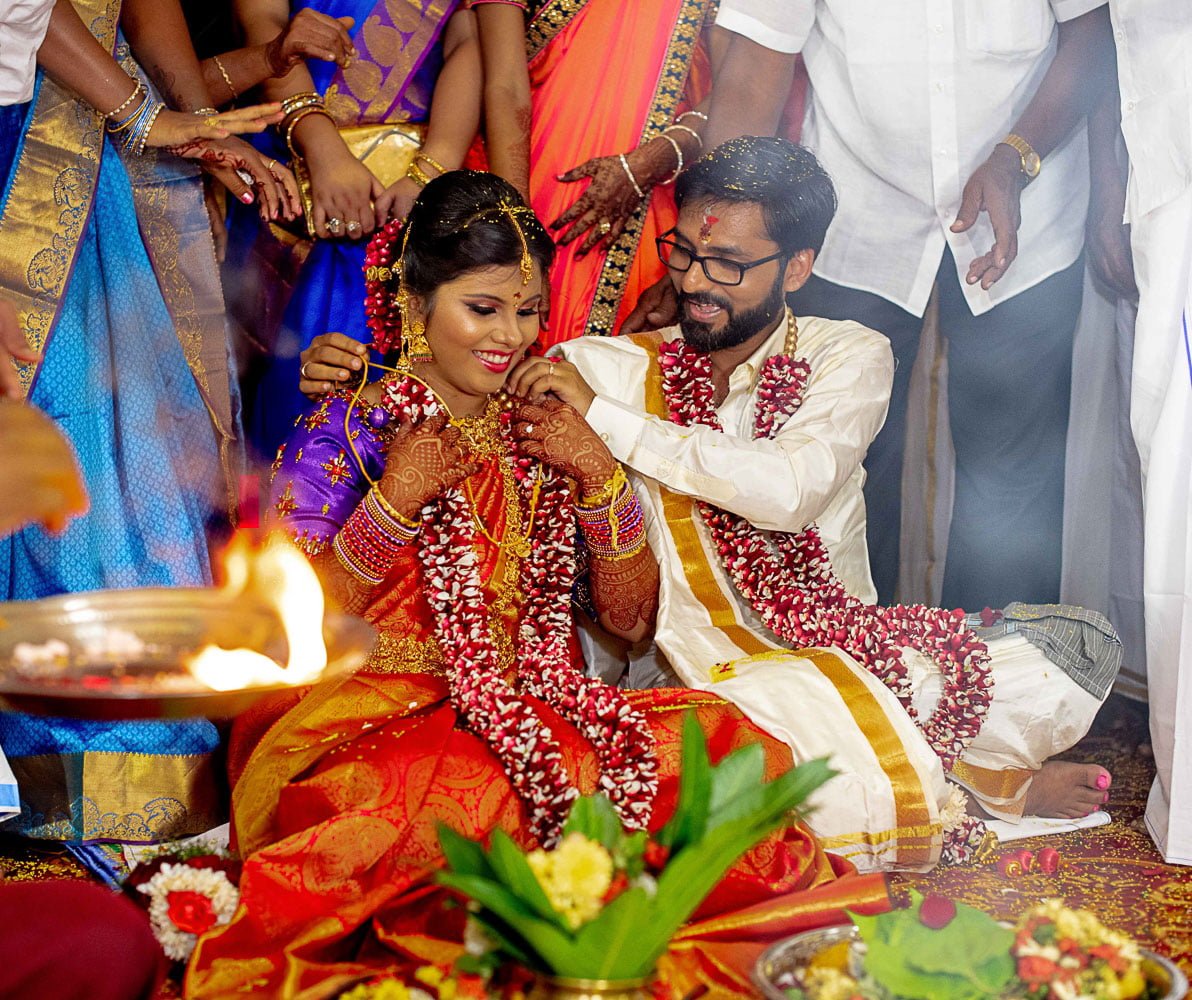Why I shoot RAW in Indian Weddings
Why Shooting in RAW Format is Recommended for Indian Wedding Photographers?
As a wedding photographer in India, capturing the vibrant and colourful moments of an Indian wedding is a true art form. It’s important to use the best techniques and equipment to ensure that the images captured are of the highest quality and truly capture the essence of the celebration. One such technique that is highly recommended for Indian wedding photographers is shooting in RAW format.
Digital Photography
There are two main file formats to choose from: JPEG and RAW. Both formats have their pros and cons, and which one you choose will depend on your personal preferences and the type of photography you’re doing. In this article, we’ll take a closer look at JPEG vs RAW and what you need to know before making a choice.
JPEG (Joint Photographic Experts Group)
It is a compressed image format that is commonly used in digital photography. JPEG files are smaller in size than RAW files, which means they take up less space on your camera’s memory card. However, because JPEG is a compressed format, some image information is lost during compression. This can result in a loss of image quality, particularly in areas of high contrast or where there is a lot of detail.
Uncompressed Format
Why I shoot RAW in Indian Weddings because RAW, is an uncompressed format that captures all of the data from the camera’s sensor. RAW files are larger in size than JPEG files, but they contain more information and detail. This makes RAW files ideal for post-processing, as they give photographers more control over the final image. RAW files can be adjusted for white balance, exposure, contrast, and colour saturation without losing any image quality.
One of the major advantages of shooting in RAW is that it offers greater dynamic range. This means that RAW files can capture more detail in areas of the image where there is a lot of contrast, such as the highlights and shadows. JPEG files, on the other hand, have a limited dynamic range, which means they can lose detail in areas of high contrast.
JPEG files are more commonly used for everyday photography
Because they are smaller in size and can be easily shared or uploaded to social media. They are also more suitable for situations where you don’t have the time or inclination to post-process your images. JPEG files are processed in-camera, which means that the camera’s software makes decisions about colour balance, exposure, and other settings. While this can be convenient, it also means that the photographer has less control over the final image.
On the other hand, RAW require more work and post-processing to produce a final image. RAW files can be processed using software like Adobe Lightroom or Photoshop, which allows photographers to fine-tune the image to their liking. RAW files offer more flexibility in post-processing and can be adjusted to correct exposure, colour balance, and other settings.
Best wedding photographers in India
Know that shooting in RAW format offers a number of advantages over other formats. RAW files contain uncompressed data captured by the camera’s sensor, which allows for greater control over post-processing. RAW files retain all the details of the image, making it easier to correct mistakes made during shooting.
Indian Weddings
In Indian weddings, lighting conditions can vary widely from location to location, which can make it challenging to capture consistent colour balance. Shooting in RAW allows for greater flexibility in post-processing to correct colour temperature and tint issues. RAW format also allows for adjusting white balance after the fact.
Indian weddings, where there is a lot of colour detail. Shooting in RAW helps preserve the true colour of the attire. Indian weddings are filled with moments and emotions, which makes capturing the right shot even more critical. Shooting in RAW format allows for greater flexibility to adjust exposure and contrast.
RAW format has a wider dynamic range than other formats, which means it can capture more information in both the highlights and shadows of an image. This makes it possible to recover details that might have been lost in other compressed formats, such as blown-out highlights or blocked-up shadows.
Post Processing
Post-processing is a critical part of wedding photography, and shooting in RAW format makes the process smoother. RAW files provide more flexibility when it comes to colour grading, which is crucial in Indian wedding photography. RAW format also allows for non-destructive editing, which means that the original file is preserved and can be edited without affecting the quality of the image.
Why I shoot RAW in Indian Weddings.
Shooting in RAW format is highly recommended for the best wedding photographers in India. RAW format offers a number of advantages over other formats, including greater control over post-processing, enhanced image quality, and non-destructive editing. For Indian weddings, where there is a lot of colour and detail, shooting in RAW helps preserve the true essence of the celebration. By using RAW format, the best wedding photographers in India can ensure that they deliver the highest quality images to their clients, capturing the memories of their special day for years to come.







